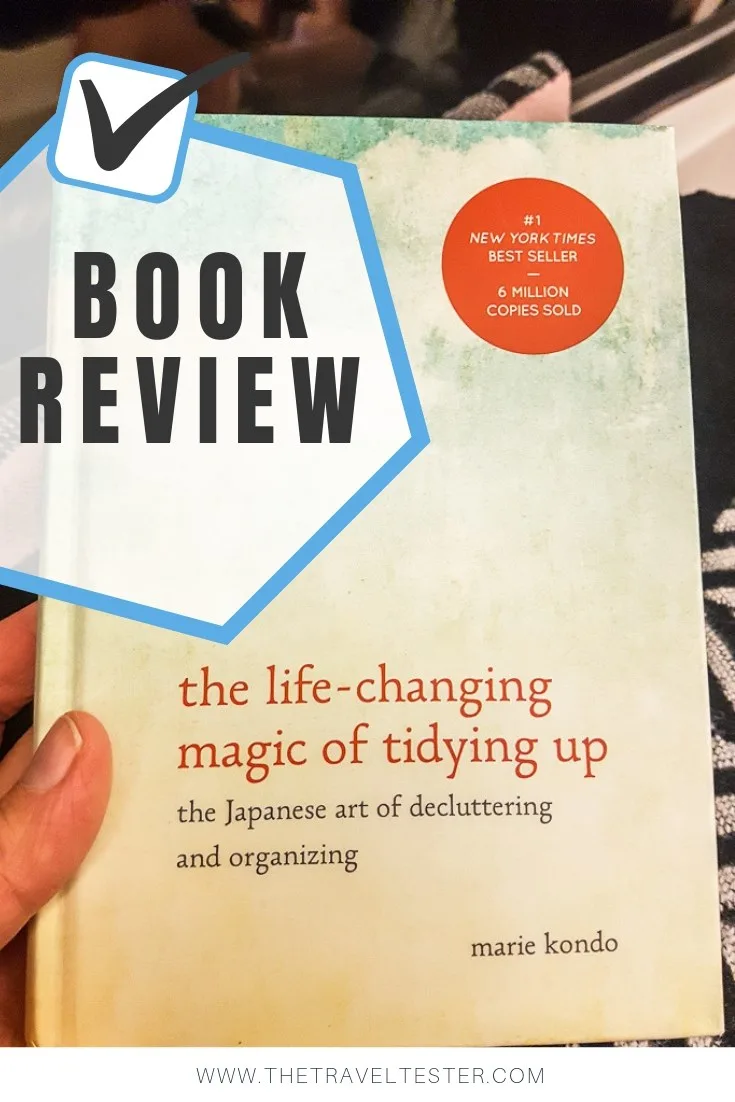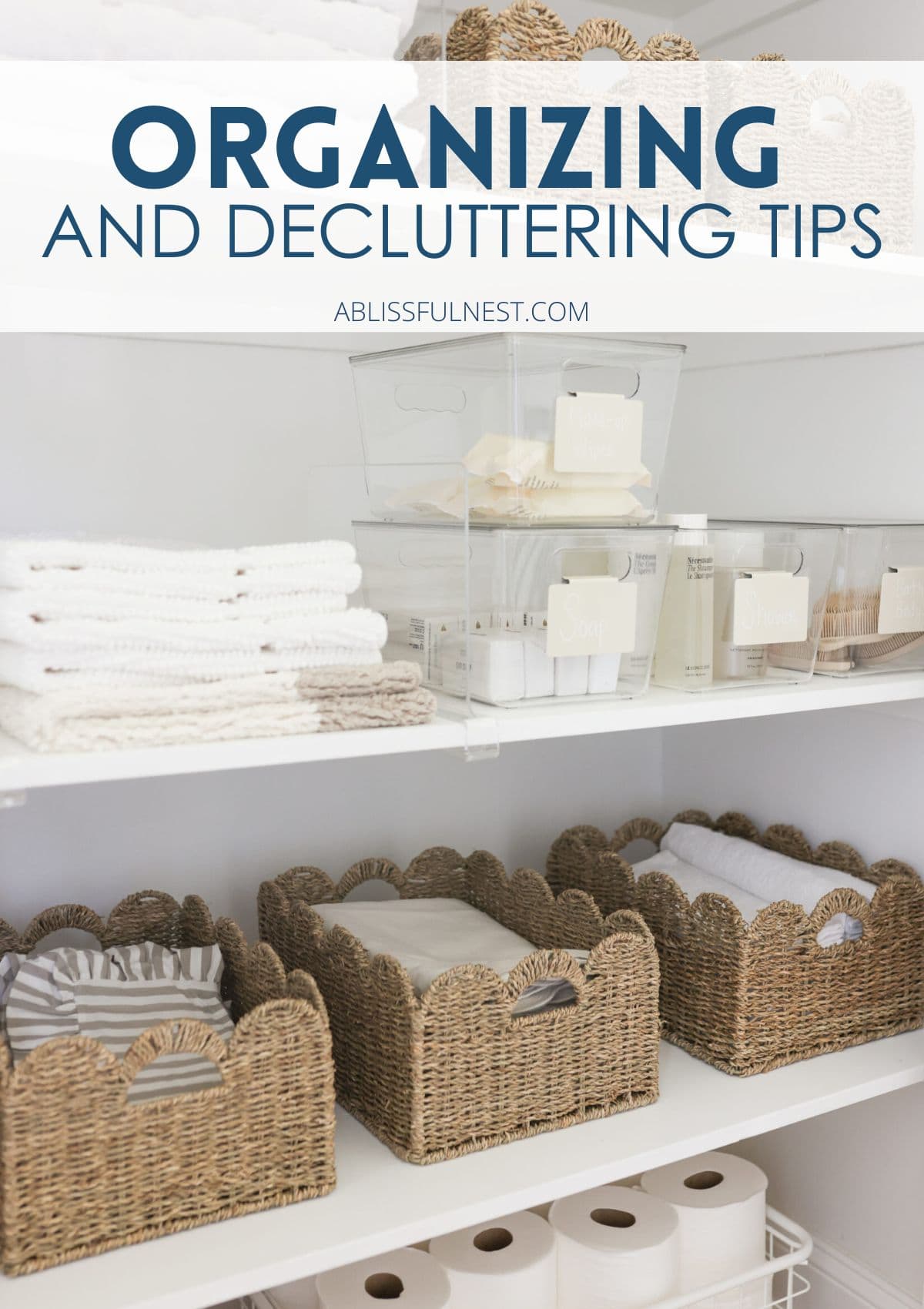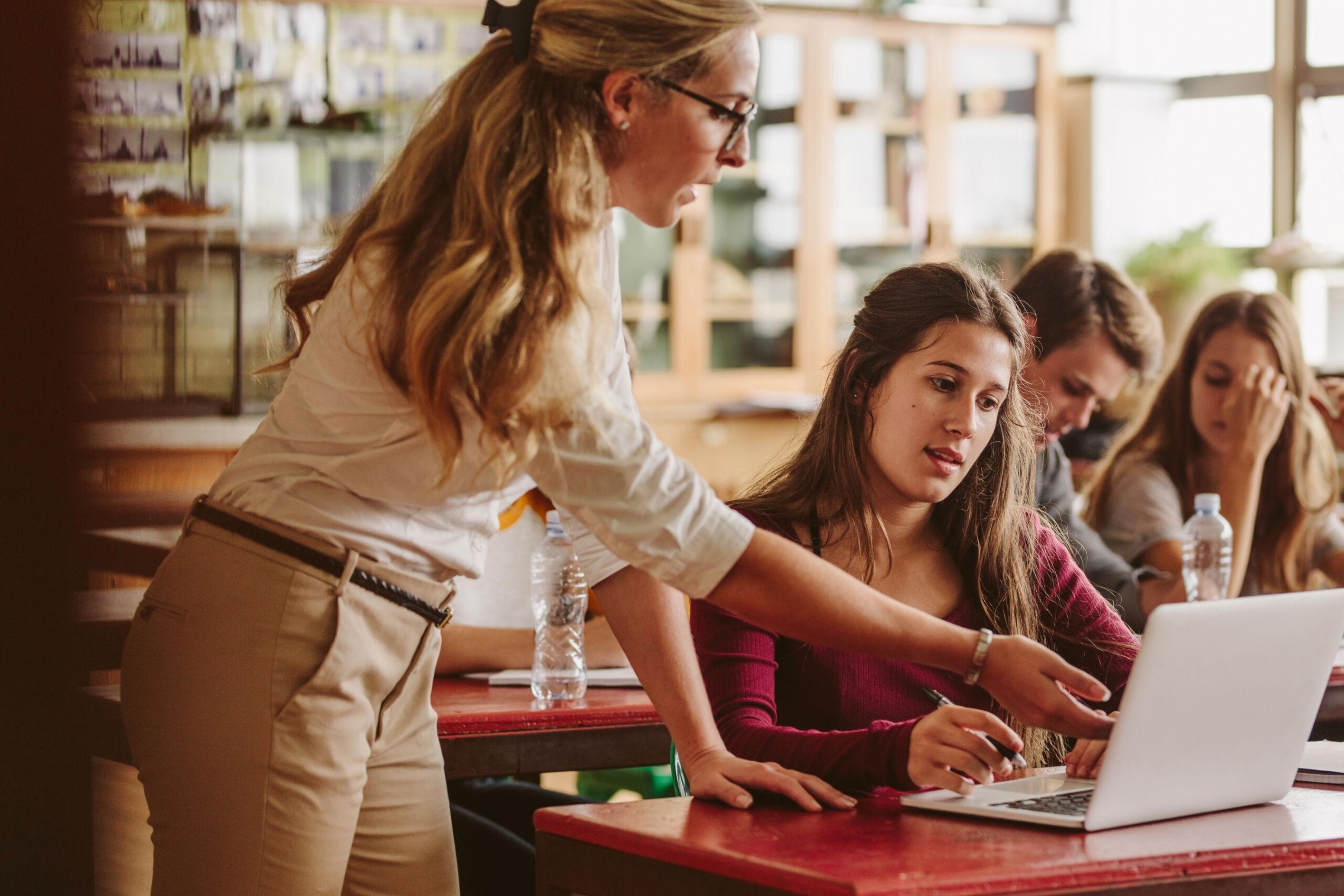The Art of Decluttering: Transforming Objects into Experiences and Memories

The Transformative Journey of Decluttering
In a society where consumerism often reigns supreme, the practice of decluttering has taken on a significance that transcends mere tidiness. It’s akin to an art form, inviting us to shift our perspective on the objects we own. Instead of viewing them as mere possessions, we can see them as vessels of experiences and memories, intertwining our past with our present in profound ways.
The journey of decluttering offers a range of surprising and valuable benefits that can enhance our daily lives. For instance, an environment free of clutter often leads to enhanced clarity. Studies show that a tidy space can reduce stress levels and increase productivity. Imagine trying to concentrate on work surrounded by piles of unneeded items; it’s a challenge. A clean, organized workspace, conversely, can foster creativity and focus.
Equally important is the emotional release that accompanies the act of letting go. Many people describe a sense of liberation and lightness once they part with items that no longer serve a purpose. For example, a parent clearing out their child’s old toys might experience bittersweet emotions, but they often report a reduction in anxiety and a newfound sense of freedom following the decluttering process.
Moreover, decluttering often allows individuals to forge a deeper connection to the past. Rediscovering cherished items—like an old family photograph or a childhood keepsake—can ignite warm memories and nostalgic feelings. This connection can lead to a more intentional selection of what we choose to keep, enhancing our personal narratives rather than allowing them to be buried beneath excess.
Minimalism and Mindfulness in America
Interestingly, there is a growing movement in the United States toward minimalism, driven by the desire for simplicity and mindfulness in an ever-busy world. This conceptual shift empowers individuals to reassess their belongings and prioritize what genuinely resonates with their life philosophy. It raises essential questions that spur deeper introspection:
- What truly brings us joy? Identifying the items that spark happiness can transform how we view our possessions.
- Which memories do we want to preserve? Focusing on sentiment rather than quantity can infuse our spaces with meaning.
- How do we create spaces that reflect our values? Our environments can be a direct reflection of our identities when we are intentional about what we keep.
As we explore the art of decluttering, it’s essential to appreciate that every object holds a story waiting to be uncovered. The journey of decluttering is not just a quest for a cleaner home; it embodies a path toward greater self-awareness and the cultivation of spaces that resonate with our true selves. By embracing this enlightening process, we open the door to transforming our living spaces while simultaneously cherishing the memories that matter most. Join us in this movement toward simplicity, and discover the profound impact decluttering can have on your life.
DISCOVER MORE: Click here to find out how minimalism can enhance your space
Embracing the Emotional Impact of Decluttering
Delving deeper into the art of decluttering reveals an intricate relationship between our possessions and the emotions they evoke. It’s more than just the physical act of sorting through items; it’s a transformative emotional experience that prompts us to confront our past, question our values, and visualize our future. By reshaping our surroundings, we can reshape our lives, creating a space that encourages peace rather than chaos.
A key component of this emotional journey is understanding the sentimental value attached to our belongings. Each item we own often tells a story—be it a travel souvenir that whispers adventures long past or a piece of furniture passed down through generations, resonating with history. However, excessive focus on sentimental clutter can hinder our ability to recognize that memories can live on without the physical presence of objects. It is here that thoughtful decluttering steps in, urging us to distinguish between cherished memories and material attachments.
Throughout this introspective process, many individuals discover a phenomenon known as the decluttering paradox. This term refers to the idea that letting go of possessions can actually enhance our emotional connection to the memories associated with them. By consciously choosing to keep only the items that genuinely resonate with us, we not only clear our space but also create an emotional significance that amplifies the meaning of what remains. This often leads to enlightenment, as we begin to see our possessions as avenues to experiences rather than ends in themselves.
Practical Steps to Begin Your Decluttering Journey
To embark on this empowering journey, it’s beneficial to adopt some practical strategies that can guide the decluttering process effectively. Here are several action-oriented steps to consider:
- Set specific goals: Determine what areas of your home need the most attention. Focusing on specific spaces can prevent overwhelm and provide a sense of accomplishment.
- Establish a timeline: Allocate dedicated time for decluttering tasks, whether it’s a few hours each weekend or a full day once a month.
- Use the ‘one in, one out’ rule: For every new item you bring into your home, commit to letting go of an existing item. This practice can help maintain balance.
- Involve a friend: Sometimes, having a supportive friend by your side can ease the emotional aspect of letting go and provide an objective perspective.
Equipped with these strategies, one can initiate a process that transforms their space and uplifts their spirit. The emotional and mental clarity gained from decluttering transcends mere organization; it encapsulates a shift towards mindful living. With less clutter in the home, we can focus more on the experiences that truly matter, ultimately leading to a more fulfilling life journey.
| Category | Description |
|---|---|
| Emotional Clarity | Decluttering helps individuals identify and retain items linked to positive experiences, thereby fostering emotional well-being. |
| Mindful Living | By transforming objects into memories, one learns to appreciate the significance of each item, promoting a lifestyle filled with intention. |
| Stress Reduction | A decluttered environment can lead to a decrease in anxiety and stress, creating a peaceful atmosphere for personal growth. |
| Sustainability | Engaging in decluttering encourages donating or recycling items, thereby supporting a more sustainable lifestyle. |
The journey of decluttering does not simply involve discarding items; it plays a pivotal role in transforming objects into meaningful experiences and memories. As we engage in the art of decluttering, we confront our emotional attachments, allowing us to discern which items truly bring joy and represent cherished moments. This process ultimately leads to increased emotional clarity, as we declutter not just the physical space around us, but also the mental clutter we often carry. Moreover, embracing a more mindful living approach promotes intention in our everyday choices. This transformation empowers us to lead a life filled with purpose, where each item we choose to keep holds a specific meaning, reminding us of the experiences that shaped who we are today. Additionally, maintaining a decluttered environment offers profound advantages for mental health. Studies suggest a correlation between clutter and stress levels; thus, creating a more organized space can assist in reducing anxiety. This serene atmosphere lays the groundwork for self-reflection and personal development. Lastly, decluttering intersects significantly with sustainability. By choosing to donate or recycle unwanted items, we contribute to a healthier planet, making a conscious decision that positively impacts our environment. Exploring the art of decluttering opens avenues toward more enriching and sustainable living, aligning our experiences with memories that last a lifetime.
DISCOVER MORE: Click here to learn how the KonMari Method can declutter your life
Cultivating Mindfulness Through Decluttering
The process of decluttering not only involves physical space but also facilitates a profound mental and emotional evolution, allowing individuals to cultivate mindfulness in their everyday lives. Mindfulness, at its essence, refers to the practice of being present in the moment, and decluttering serves as a powerful gateway to achieving this state. By engaging with our belongings in a conscious manner, we become aware of our thought patterns, attachments, and emotional responses, enabling us to let go of what no longer serves us.
One effective technique to enhance mindfulness during decluttering is the 10-minute tidy. This method encourages individuals to set a timer for just ten minutes a day to tackle a small area. This not only makes the task less daunting but allows for a focused effort that can yield significant results over time. Rather than viewing decluttering as a monumental chore, breaking it down into manageable segments invites a sense of calm and reflection, making the process more approachable and enjoyable.
Research has shown that decluttering can significantly reduce feelings of stress and anxiety. A study published by the Personality and Social Psychology Bulletin revealed that individuals who participated in a decluttering activity experienced increased feelings of empowerment and overall well-being. The act of creating a serene environment can have favorable implications on mental health, promoting relaxation and clarity of thought. Therefore, the removal of anything that contributes to visual clutter can lead directly to a sharper focus on our goals and aspirations.
Revisiting Your Relationship with Objects
As we delve deeper into the decluttering journey, it becomes essential to reassess our relationship with objects. Many people find themselves in possession of items that do not reflect their current identity or future aspirations. This reflection can carry profound implications for both personal growth and emotional health. For example, consider your wardrobe: how often do you wear every piece of clothing? Often, garments remain tucked away, serving as reminders of a past self that we may have outgrown. Recognizing that these items may no longer hold meaning can be liberating.
Another valuable approach is the Marie Kondo method, which encourages individuals to ask themselves, “Does this spark joy?” This question acts as a guide in evaluating whether objects should remain in our lives. If an item doesn’t evoke happiness or serve a practical purpose, its removal can foster a sense of renewal and space for more fulfilling experiences or relationships. This method promotes an active dialogue with one’s belongings and reaffirms our values by encouraging us to cherish the memories attached to the truly meaningful items.
- Practice gratitude: Acknowledge the role of each item in your life, whether it was functional or sentimental, and express gratitude before letting go.
- Document important memories: Take photos of items you decide to part with—this way, you ensure that the memory is preserved, even in the absence of the physical object.
- Explore zero-waste initiatives: Consider donating or recycling items rather than throwing them away. This can contribute to a sense of purpose and sustainability.
Ultimately, the art of decluttering goes far beyond mere organization. It invites us to embrace a lifestyle transformation that honors our experiences and the memories they create. By stepping away from needing physical representations, we can instead weave a narrative rich with significance. In doing so, we unlock the potential that lies within the space we inhabit, nurturing both our minds and our environments for a more meaningful existence.
DISCOVER MORE: Click here to unlock stylish minimalism
Conclusion
The journey of decluttering is not merely about clearing out physical space; it is an enriching process that encourages us to reassess our relationships with the objects we possess. Through mindfulness techniques and reflective practices like the Marie Kondo method, we learn to let go of items that no longer serve our current selves and embrace those that spark joy and resonate with our identities. This transformative art allows us to cultivate a meaningful existence, where memories and experiences take precedence over the clutter of material possessions.
Moreover, the psychological benefits of decluttering cannot be overstated. Research illustrates that tidying up can enhance our mental wellness, reducing stress and anxiety while promoting feelings of empowerment. By fostering an environment that reflects our aspirations, we not only enhance our surroundings but also sharpen our focus on personal goals and relationships that truly matter.
Consider this: As you let go of physical items, you create space for new experiences, relationships, and opportunities. Embracing gratitude for the memories associated with these objects can help transition away from material dependency towards a mindset that values experiences. Documenting important memories and exploring sustainable practices, such as donating or recycling, further enriches this journey.
In conclusion, mastering the art of decluttering invites us into a new narrative—one that cherishes experiences over objects, fostering emotional growth and mental clarity. As we embark on this transformative path, we unlock the potential for a more serene and purpose-driven life, emphasizing quality of experiences and lasting memories.


